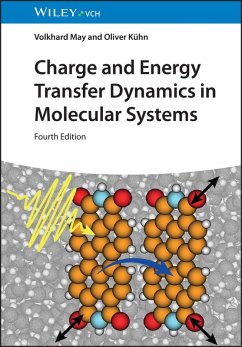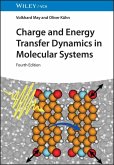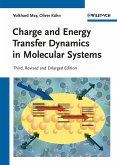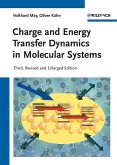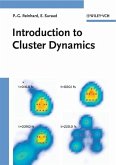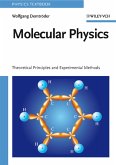Now expanded by 15% to include more details on electron structure computations, recent developments in density matrix theory, mixed quantum-classical methods for dynamic simulations and more on transient spectroscopy, this book provides a unified description of different charge and energy transfer phenomena in molecular systems. Adopting an easy-to-follow style, making even complex concepts understandable and applicable, the authors manage to bridge the regimes of coherent and dissipative dynamics and thus establish the connection between classic rate theories and modern treatments of ultrafast phenomena. Starting from microscopic models, the common features of the different transfer processes are highlighted with applications ranging from vibrational energy flow in large polyatomic molecules, via the motion of protons in solution, right up to the concerted dynamics of electronic and nuclear degrees of freedom in molecules and molecular aggregates. Supplementd by electronic tutorials including exercises based on the Mathematica program package. With its knowledge a necessary prerequisite for realizing applications in molecular electronics, photovoltaics, and semiconductor physics, this is the one-stop resource for physicists and chemists working experimentally or theoretically on molecular processes.
Dieser Download kann aus rechtlichen Gründen nur mit Rechnungsadresse in A, B, BG, CY, CZ, D, DK, EW, E, FIN, F, GR, HR, H, IRL, I, LT, L, LR, M, NL, PL, P, R, S, SLO, SK ausgeliefert werden.

